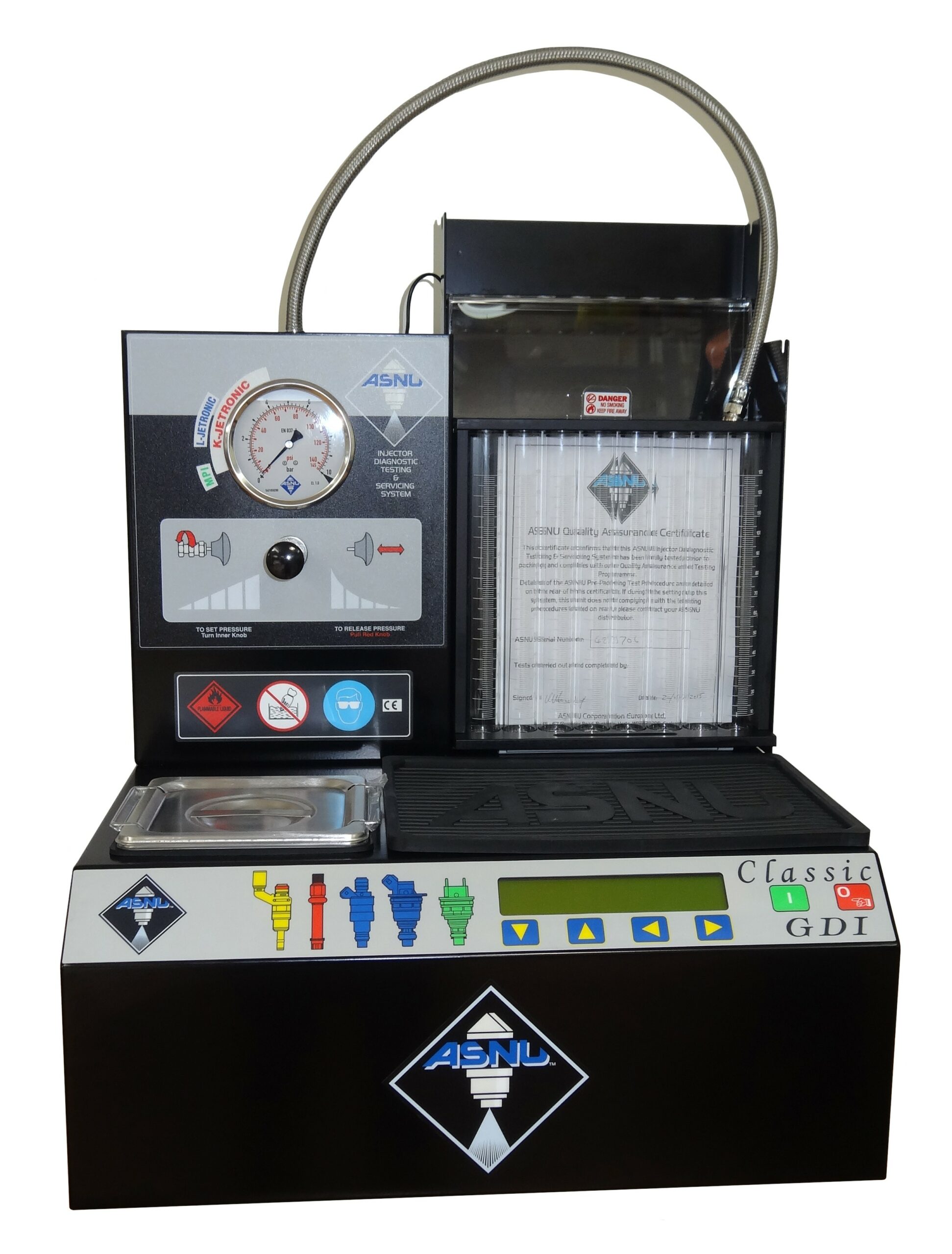In the ever-evolving world of automotive technology, one acronym you may have encountered is “GDI,” which stands for Gasoline Direct Injection. As car manufacturers strive for improved performance, efficiency, and reduced emissions, GDI engines have emerged as pivotal players in this quest. This article aims to explore the intricacies of GDI technology, its benefits and drawbacks, and its relevance in today’s automotive landscape.
Understanding Gasoline Direct Injection
Gasoline Direct Injection symbolizes a transformative advancement in engine design, primarily because it revolutionizes the manner in which fuel is delivered into the combustion chamber. Unlike traditional fuel injection systems that mix air and fuel before it enters the combustion chamber, GDI systems inject fuel directly into the combustion chamber at high pressure, allowing for more precise control over the fuel-air mixture. This shift results in enhanced combustion efficiency, translating to improved power output and reduced fuel consumption.
The technology traces its origins back to the early 1990s but gained significant traction in mainstream automotive applications during the 2000s. Today, many manufacturers have embraced GDI in their engine designs, from compact cars to high-performance vehicles, underscoring its versatility.
How GDI Works
At the core of GDI technology is a series of sophisticated components that work in unison to optimize engine performance. The process begins with the fuel pump, which pressurizes the gasoline before delivering it to the fuel injector. What sets GDI apart is the injectors themselves, which are designed to deliver fuel directly into the combustion chamber. This method creates a denser fuel-air mix, allowing for more efficient combustion.
Moreover, GDI engines commonly utilize a multi-point fuel injection system (MPI) during lower engine loads. This dual-fuel injection strategy helps provide better fuel atomization and reduces particulate emissions, making GDI vehicles both powerful and environmentally friendly.
Advantages of GDI Engines
The rise of GDI engines can be attributed to a multitude of benefits they offer, such as:
- Improved Fuel Efficiency: One of the standout features of GDI is its ability to enhance fuel efficiency. The direct injection mechanism allows for precise fuel metering, leading to optimal combustion and better mileage.
- Increased Power Output: With the higher fuel pressure and better atomization, GDI engines generally produce more horsepower and torque compared to their traditional counterparts.
- Cleaner Emissions: By ensuring a more complete combustion of fuel, GDI technology helps in reducing harmful emissions, assisting manufacturers in meeting stringent environmental regulations.
- Enhanced Performance in Lean Conditions: GDI engines perform exceptionally well under lean burn conditions, which contribute further to improved efficiency and power when properly calibrated.
Challenges Associated with GDI Engines
- Carbon Build-Up: One of the most significant issues observed is the tendency for carbon deposits to accumulate on the intake valves. In traditional port fuel injection systems, fuel helps clean the intake valves, but GDI does not provide this benefit, necessitating additional maintenance measures.
- Higher Manufacturing Costs: The complexity inherent in GDI systems can lead to increased production costs, which may be passed on to consumers through higher vehicle prices.
- Increased Engine Temperature: The combustion characteristics of GDI engines can lead to higher cylinder temperatures, possibly affecting engine longevity if not adequately managed.
The Future of GDI Technology
The advancements in GDI technology point towards a bright future. With ongoing research and development, manufacturers are continuously seeking to improve their designs by integrating hybrid technologies and exploring combinations with turbocharging. These innovations aim to offset some of the system’s shortcomings, such as carbon deposit formation.
There is also increasing interest in the role of GDI within the broader context of eco-friendly initiatives. As hybrid and electric vehicles gain popularity, GDI may evolve to complement these technologies, providing an alternative means to enhance fuel economy and reduce emissions in conventional vehicles.
In Conclusion
Gasoline Direct Injection stands as a testament to the relentless pursuit of performance and efficiency in the automotive industry. By revamping traditional fuel delivery methods, GDI engines deliver superior power, improved fuel economy, and reduced emissions. While challenges such as carbon build-up and increased manufacturing costs remain, the technology has undeniable potential that deserves attention.
As consumers become more discerning and environmentally conscious, GDI technology offers manufacturers a pathway to enhance efficiency and performance. Whether you’re a car enthusiast or simply seeking a reliable vehicle, understanding the dynamics of GDI engines will undoubtedly enrich your appreciation of modern automotive innovation.
